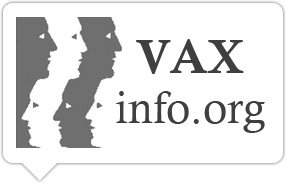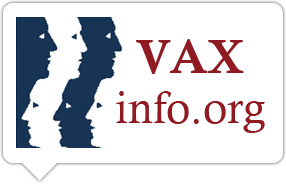
Actualités
Parus dans Eurosurveillance
Publications récentes dans Eurosurveillance https://www.eurosurveillance.org/
• Hepatitis B
We found new estimates of HBsAg prevalence from eight countries that had no previous records for some population groups. Comparing the median prevalence in the existing database and this update, the characteristic higher HBV prevalence among key risk groups remained high, with elevated prevalence trends among migrants and people in prison. (…) Targeted interventions in key populations with the highest prevalence are required to accelerate progress towards eliminating hepatitis B in the EU/EEA and the UK.
Sandra Bivegete, Anna L McNaughton, Adam Trickey et al. Estimates of hepatitis B virus prevalence among general population and key risk groups in EU/EEA/UK countries : a systematic review.. Eurosurveillance Volume 28, Issue 30, 27/Jul/2023
• Severe acute respiratory infection (SARI)
We showed that the presence of underlying risk factors, especially asthma and chronic respiratory disease, is associated with a higher risk of complications in children with SARI, regardless of patient age or detailed infection status. Children with underlying risk factors should thus receive priority care when admitted with SARI, no matter the aetiology. (…) There is thus a clear need for diagnostic and prevention strategies for NIRVs targeted at children and/or pregnant women, as they could have a substantial effect on the burden of respiratory infections in children.
Natalie Fischer, Sarah Moreels, Nicolas Dauby et al. Influenza versus other respiratory viruses – assessing severity among hospitalised children, Belgium, 2011 to 2020. Eurosurveillance. Volume 28, Issue 29, 20/Jul/2023.
• COVID-19 vaccin
While protection remained over the different VOCs, VOC-specific immune escape and waning of vaccine-induced and infection-acquired immunity were major drivers of trends in 2021–22. (…) If some of the observed protection from hybrid immunity resulted from heterologous antigen exposures, multivalent vaccines should be considered. Finally, vaccination can be offered regardless of prior infection, as there is additional benefit either way.
Toon Braeye, Joris A F van Loenhout , Ruben Brondeel et al. COVID-19 vaccine effectiveness against symptomatic infection and hospitalisation in Belgium, July 2021 to May 2022. Eurosurveillance. Volume 28, Issue 26, 29/Jun/2023 Article
• PCV 13
PCV13 implementation in Israel resulted in indirect protection for young infants, including infants < 4 months who received only ≤ 1 PCV dose. Additionally, the 2+1 schedule used in Israel seems adequate, as the impact on infants 7–12-month-old (receiving only 2 infant doses) resulted in close to complete elimination of VT13 IPD, similar to that in children 12–23-month-old (receiving all 3 vaccine doses including the booster dose).
Shalom Ben-Shimol, Bart Adriaan van der Beek , Meirav Mor et al. Dynamics of invasive pneumococcal disease in infants < 2 years old following PCV7/13 implementation using two infant and a booster dose schedule : evidence for indirect protection of young infants, Israel, 2004 to 2019. Eurosurveillance Volume 28, Issue 25, 22/Jun/2023
• GBS
Our data indicate that although rare, GBS is an adverse event associated with vector-based but not mRNA vaccines. This potential small risk does not outweigh the immense benefits that the vaccination has already demonstrated in the COVID-19 pandemic. (…)
Helmar C Lehmann, Doris Oberle, Brigitte Keller-Stanislawski et al. Rare cases of Guillain-Barré syndrome after COVID-19 vaccination, Germany, December 2020 to August 2021. Eurosurveillance Volume 28, Issue 24, 15/Jun/2023.
https://www.eurosurveillance.org/content/10.2807/1560-7917.ES.2023.28.24.2200744
Rechercher
Abonnez-vous à la newsletter
 Vax Info
Vax Info